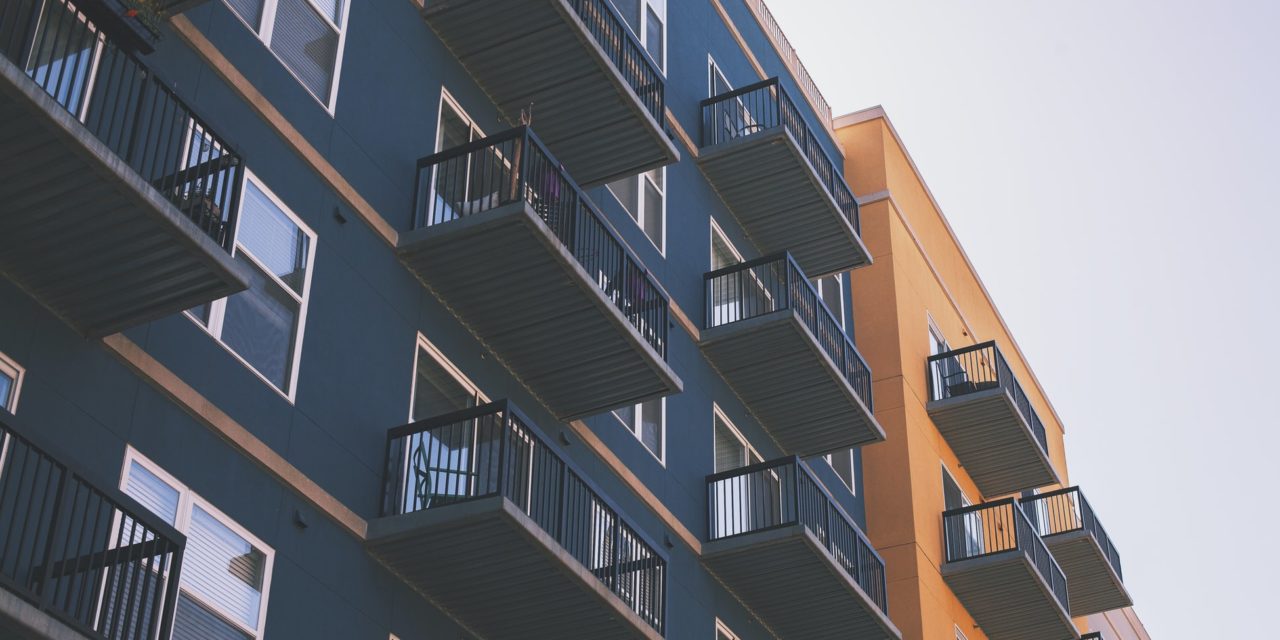Many times in our lives we paint or hire professional painting contractors painting the walls we see in our homes. Either way, a lot of work, time, and money goes into this area of home improvement, and design needs to be one we are extremely happy with, not being forced to repeat the same procedure in only a couple years. Interior paints have come a full circle with durability, and lasting qualities, so picking out correct colors is a must from the onset of any interior painting job. Below is a checklist, making paint color choices a breeze, hoping this helps you on your next interior color decorating design.
1) Try to acquire a large color deck: Most major paint companies have large color decks available to lend out until you have chosen your paint colors. These normally cost an average of $10.00 if purchased separately. No matter which company you choose, all paint manufactures have their own line of paint colors in a wide color spectrum. Do not be overwhelmed with the large number of color choices using this color deck, as will explain later.
2) Look around your home: Find the most predominate colors already in your home. This can be furniture, draperies, carpet, fireplace brick and stone, counter tops, cabinets, and tile. Other areas typically overlooked but has a direct impact on colors to live with is in your wardrobe. Open closet doors seeing general clothing colors. Once narrowed down, you will match coordinating wall colors while your standing within your home.
3) Pick a main wall color: Choosing a main wall color that will be universal throughout the home. Needing warmth, and inviting, but nothing too dramatic, choose a wall color that will compliment your entire interior with no other colors needed. Not trying to match a predominate color already in the home such as carpet, but should be in the same color family. Some painting contractors in your area may offer free interior color consultation as part of painting services. Doing your homework first, will get a second opinion free of charge.
4) Apply paint samples: Interior painting is not cheap, although one of the least expensive interior decorating tasks bringing your interior up to current color dimensions. A high quality interior paint normally cost $25-$50.00 per gallon. Once a paint company mixes up quantities of your color choice, they cannot be returned, so making sure beforehand is imperative. Seeing only color swatches on paint color decks is close, but can be very deceiving. Light plays a very important role seeing paint colors, so buying or have your painting contractor purchase a quart of colors, painting a large rectangle square on walls where color choice is going. This will ensure your color choice is what you originally thought from color chip.
5) Bringing additional colors into the home: Once predominate color is narrowed down, bringing color and life into the home is the exciting part. Many rooms throughout the home may have a different theme, or person living in that room such as daughter or son. Picking a favorite color, painting one accent wall, makes that particular room more enjoyable. The theater room, may be soft and muted, while the dining room may have a crimson color if a beef eater.
6) Few paint colors universal in a home: Cabinets, doors, wood, and trim should all be the same throughout the home. Newer in home color decorations are tending to paint ceilings with different colors in specific rooms, while majority of ceilings are that of ceiling white. Painting ceilings darker colors brings room to a smaller more personal look, as many formal dining rooms and theater rooms are seeing this done. Open family rooms staying with bright ceiling whites.
7) Optical illusions can dramatically affect how we perceive interior space and colors: Which is why sampling large rectangle samples on walls buying a small amount such as a quart is recommended by most painting contractors. Color can be used to make spaces larger or smaller, wider, or higher, while it can enhance illumination. Adding character or make a room feel cozier or cooler. Our perception of color depends on the properties of light coming into the home from windows, doors, and skylights.


